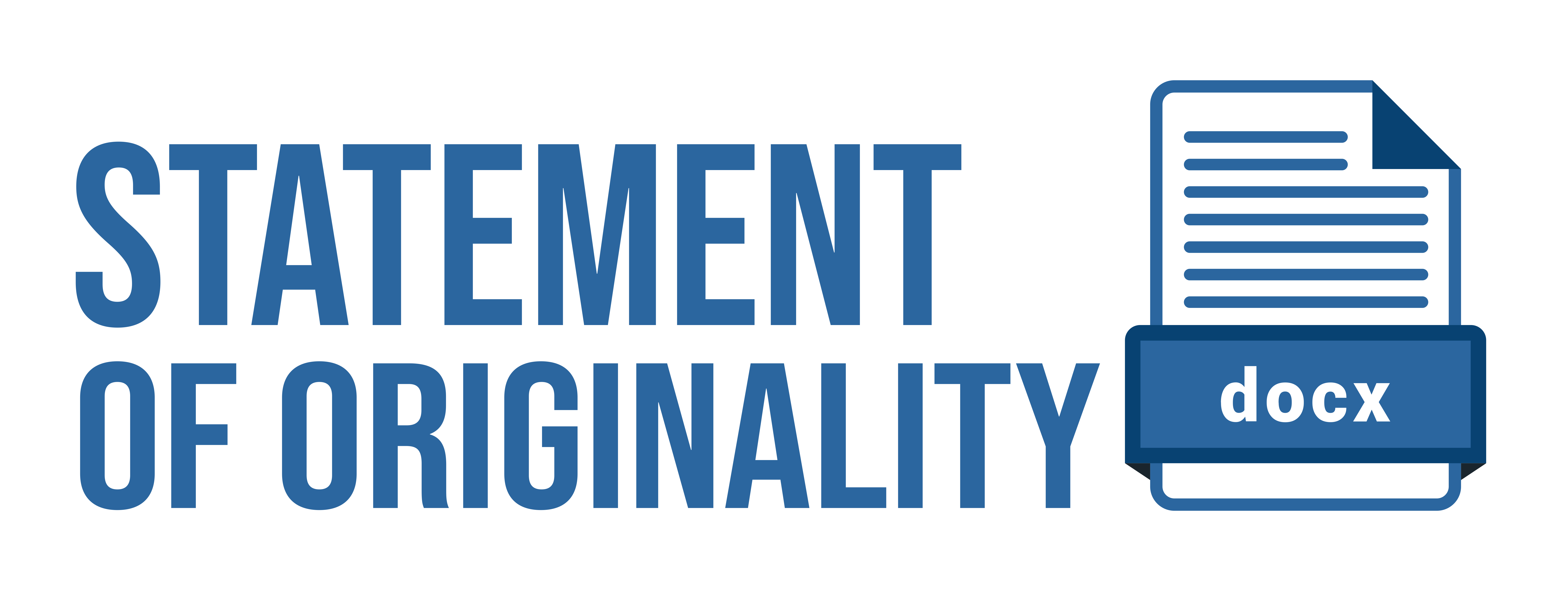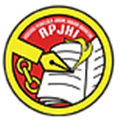Author Guidelines
The Most Recent Updated Author Guidelines of “Asy-Syari'ah” since the publication year of 2023
A. General Rules
- A received article is an article written using the MS-Word program, Paper size A4 (margin top-bottom-left-right, 3-3-3-3 cm), in 15 to 25 pages, with one space and using Sabon Next LT 12 pt font. Space 1.
- Does not contain plagiarism elements and has a maximum similarity index of 20%. (please attach the similarity index check result to the supplementary files column).
- Never and is not being published in another journal.
- Submitted via http://journal.uinsgd.ac.id/index.php/asy-syari'ah/index.
- The source and numbering must accompany the applied tables and graphs.
- Footnotes and bibliography use the Asy-Syari'ah writing guidelines.
- The Indonesian or English language used in Asy-Syari'ah is good and correct Indonesian or English.
B. The article substance and systematics
Articles published in Asy-Syari'ah is articles that study a problem related to Law, and Humanity. The elements that must exist in the articles are: 1) title, 2) author's name, institution name, countries, and e-mail address, 3) abstract and keywords, 4) introduction, 5) methods 6) results and discussion, 7) conclusions, 8) acknowledgement and 9) Reference.
C. Writing style
Papers published in Asy-Syari'ah have a writing style as followed:
-
Title: The article title is written specifically and effectively, a maximum of 15 Indonesian words or 12 English words.
-
Author’s name: author’s name shall be written without academic nor professional title.
-
Author’s e-mail: official or professional correspondence of the author.
-
Abstract: The abstract is the essence of the paper, written in one paragraph, using Indonesian and English, and a maximum of 150-200 words.
-
Keywords: consist of 3 to 5 keywords that reflect the concepts written in the paper.
-
Introduction: this section provides background or research context, theoretical review, related problems, and hypotheses. The predecessor has a 15-20% portion of the article.
-
Method: This section covers the design and subject of research, data collection, research procedures, and technical analysis.
-
Results and Discussion: this section consists of the analysis of recent data, testing hypotheses, answering research questions, and findings. the discussion involved interpretation of results, comparisons with research and other theories, and the implications of the results of the study.
-
Conclusion: this section contains the research conclusions and suggestions made based on the findings, shown to certain points with operational advice in short paragraphs.
-
Reference: Provides literature information used in articles with 80% of primary and current literature (from journal articles and research) and 20% textual citations (maximum of the last 10 years).
-
Acknowledgement: A brief note indicating gratitude to those who have been of help (either persons or institutions) to the author during the research and the writing process, for instance by supporting it financially or by giving feedback on the text during its composition and revising stages. For more detailed rules on Acknowledgement, please refer to the Template provided.
-
References: References lists all books, journal articless, papers, either printed or online, cited in the manuscript which is arranged alphabetically in the Chicago Manual of Style 17th Edition (Full Note). For more detail, please see the referencing rules below.
D. Footnote style
The applied footnote system in Asy-Syari'ah is the Chicago Manual of Style 17th edition (Full note) and uses reference management tools Mendeley).
E. Referencing
Reference in Asy-Syari'ah is arranged alphabetically based on the cited author's last name. The format for writing the bibliography follows the Chicago Manual of Style 17th edition (Full note) and uses management tools (Mendeley).
Reference (Minimum 10 for researches, minimum 25 for literature reviews), each bibliography reference is referred to in the body record (citation). The bibliography must contain: - Primary references (journals, proceedings) of at least 80% of all references - Current references (last 5 years) of at least 80% of all references.
F. Arab to Latin Transliteration
The transliteration guidelines used in this journal refer to the Joint Decree of the Ministry of Religion and the Ministry of Education and Culture No. 158/1987 and Number 0543b / U / 1987. for further detail, please click the following link: Download





